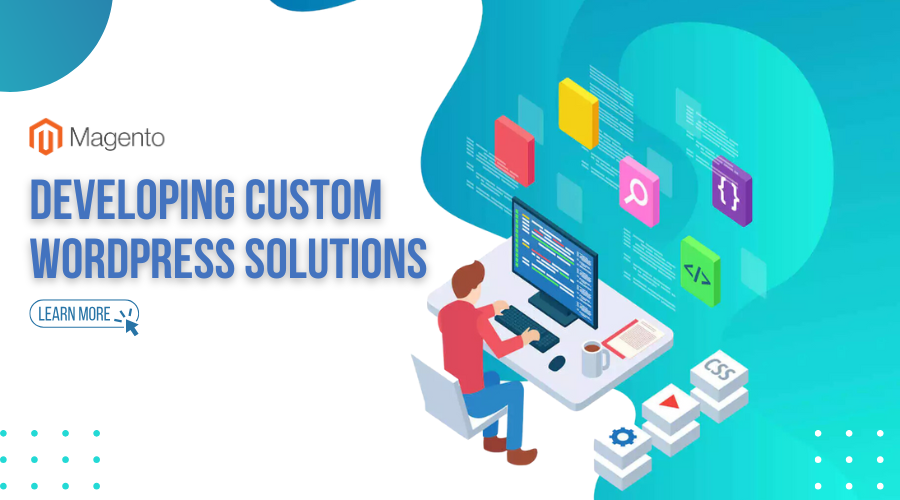
From brick-and-mortar retail to SaaS, a robust online presence is vital for business success. A well-crafted website is a virtual storefront showcasing your client’s brand, products, and services to a global audience.
Pre-built themes and templates offer a quick and convenient solution when developing a website for a client. However, they often fail to provide the unique functionalities and tailored experiences that today’s customers expect.
On the other hand, building a site from scratch is expensive, time-consuming, and requires development teams with high technical expertise.
Developing custom WordPress solutions bridges the gap, empowering development agencies to craft a website that perfectly aligns with their client’s brand identity and business objectives while maintaining flexibility and cost-effectiveness.
This blog post explains the essential best practices for creating effective custom WordPress solutions, from planning and architecture to development, testing, and ongoing maintenance.
![]Custom_WordPress_Solutions](https://landofcoder.b-cdn.net/wp-content/uploads/2024/11/custom-wordpress-solutions.jpg)
Table of Contents
I. What is a custom WordPress solution?
Developing custom WordPress solutions refers to creating websites or web applications on the WordPress platform that go beyond the capabilities of standard themes and plugins. It entails crafting a website uniquely tailored to your client’s needs and requirements.
Unlike generic, pre-built themes, custom WordPress development empowers you to exercise complete control over the design, functionality, and user experience of a company’s online presence. This approach enables you to integrate advanced features, integrate websites with third-party services, and optimize performance.
1.1. Custom WordPress solutions vs custom themes
Custom WordPress solution development is often considered the same as custom theme development, but they’re not the same.
While custom themes focus primarily on custom designs and a website’s visual appearance, custom WordPress solutions delve deeper into its core functionality and user experience.
Website developers and designers typically use custom themes to modify layout, color schemes, and typography. On the other hand, developing custom WordPress solutions involves modifying the website’s underlying code.
This modification is what enables development teams to add new features, integrate websites with external systems, or optimize performance.
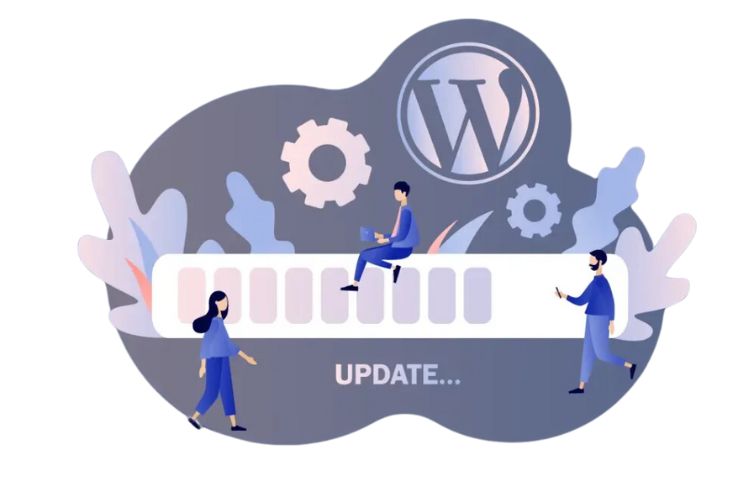
1.2. WordPress vs. other content management systems (CMS)
WordPress is just one of several popular CMS options offering custom solutions for developers or development companies. Other CMSs like Drupal, Joomla, or even a specialized eCommerce platform like Magento 2 might be more suitable, depending on your specific needs.
Adobe’s Magento 2 (M2) platform is an open-source CMS with a comprehensive suite of features for online stores and hundreds of extensions for every need.
Explore Landofcoder.com’s extensive catalog of Magento 2 extensions, custom-built by our team of experienced developers.
II. Why is developing custom WordPress solutions important?
While pre-built themes and plugins offer convenience, custom WordPress solutions provide a range of benefits that empower you to create a website that visitors will remember.
With a custom solution, you can:
- Craft a website with custom-tailored features and functionality that precisely matches your client’s unique business requirements and user needs.
- Create bespoke, visually stunning, and engaging responsive designs.
- Implement stronger security measures to protect website and user data.
- Develop custom plugins and themes to extend website functionality and achieve a unique brand identity.
- Optimize a website’s content and structure for better SEO, online visibility, and increased organic traffic.
- Seamlessly integrate your website with external services and third-party tools like CRM systems, payment gateways for eCommerce, or social media platforms.
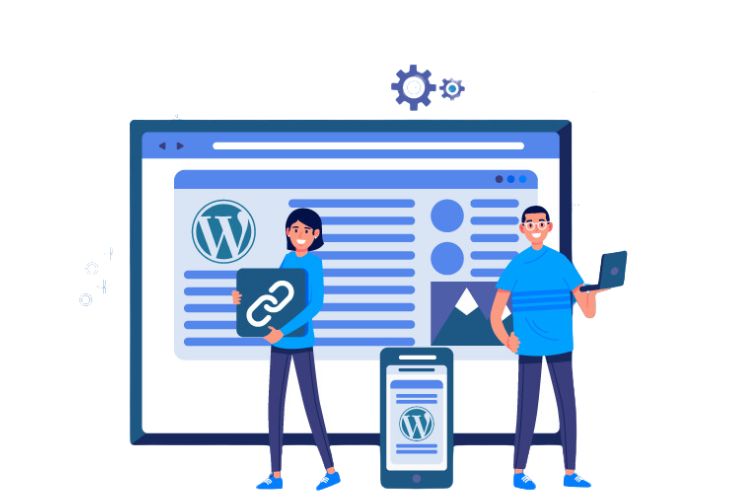
III. 13 Best Practices for developing custom WordPress solutions
This section delves into the key best practices for developing custom WordPress solutions, covering the essential phases of planning, architecture, development, testing, deployment, and ongoing maintenance.
3.1. Best practices for custom WordPress solution planning and architecture
Careful planning and a well-defined architecture are crucial for the success of any custom WordPress development project. Let’s explore some best practices for this initial phase.
- Gather clear requirements
Before diving into development, take the time to gather comprehensive project requirements from your client. Define the project’s goals and target audience, outline desired features and functionalities, and establish a clear content strategy.
This clarity will guide your WordPress development team in ensuring that the final product seamlessly aligns with your client’s vision.
- Choose the right custom theme, and make sure to use child themes
Choosing a lightweight and flexible theme that provides a solid foundation for your custom WordPress development is good practice. Consider using a starter theme or framework that adheres to WordPress coding standards and offers a clean codebase.
Also, always create a child theme to implement your customizations. This approach safeguards your modifications during theme updates, ensuring a smooth and hassle-free theme development service and maintenance process.

- Choose plugins and extensions carefully
Plugins are a cornerstone of WordPress extensibility, but exercising caution when selecting and installing them is crucial. Prioritize well-maintained plugins from reputable developers with a proven track record of plugin development. Avoid plugin bloat, as excessive plugins can negatively impact website performance and security.
For eCommerce functionality, consider exploring dedicated platforms like Magento 2 instead of custom WordPress solutions. Magento 2 offers a robust and scalable solution specifically designed for online stores, providing extensive eCommerce functionalities out of the box.
You can enhance its capabilities even more by installing pre-built or custom extensions to add new features and integrations. If you need assistance creating custom Magento 2 extensions or customizing existing ones, consider contacting a specialized development and design service provider like Landofcoder.com.
3.2. Best practices for the custom WordPress development phase
Once the planning and architecture are in place, the development phase begins. This phase is where your vision starts taking shape. Sticking to the best practices outlined below ensures a custom WordPress solution that is functional, visually appealing, and optimized for performance, security, and accessibility.
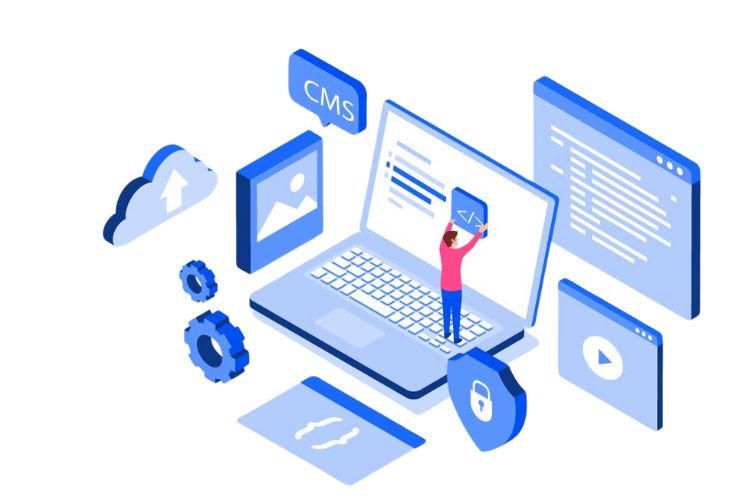
- Follow coding standards and document everything
Consistency and clarity are key in custom development. Adhering to WordPress coding standards for PHP, CSS, and JavaScript ensures better readability, maintainability, and compatibility. This practice streamlines collaboration among developers and facilitates future updates or modifications.
Documentation is also critical. Document your code, customizations, and any decisions made during development. Doing so creates a valuable knowledge base for future reference and empowers other developers to seamlessly understand and work with your codebase.
- Use version control
Version control systems like Git help track code changes and facilitate collaboration. They allow you to manage different versions of your code, revert to previous states if needed, and easily merge changes from multiple developers.
- Optimize performance
Website performance is critical for user experience. According to Search Engine Journal, Google included page speed as a key ranking factor back in 2018, and it’s still just as relevant today. That’s why it’s best practice to implement performance optimization techniques such as caching, image optimization, and minimizing HTTP requests.
Consider leveraging performance optimization plugins like WP Rocket or Autoptimize to enhance your website’s speed and responsiveness further.
Additionally, prioritize search engine optimization (SEO) from the outset. Implement basic on-page SEO techniques like optimizing meta tags, headings, and content.
Consider utilizing SEO plugins and extensions like Yoast SEO, Rank Math, or similar to gain deeper insights into your website’s SEO performance and identify areas for improvement.
For eCommerce brands setting up an online store on Magento 2, leveraging Landofcoder’s Magento 2 SEO extensions can enhance your store’s visibility and attract more organic traffic.
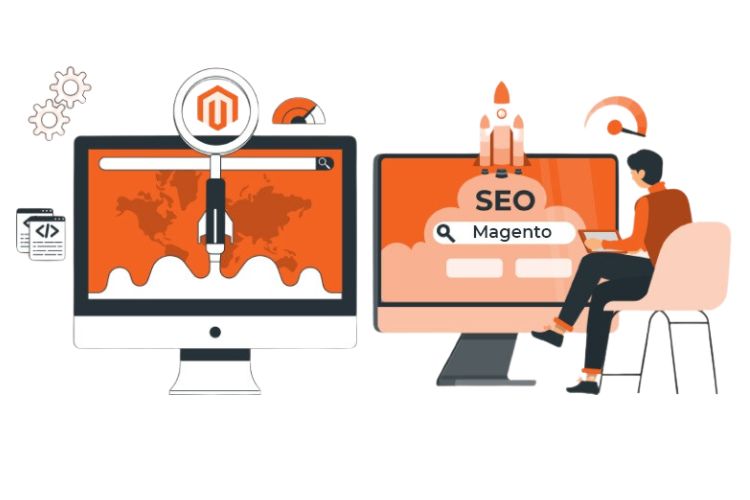
- Prioritize Security
Security should be a top priority when offering custom WordPress development solutions. To mitigate potential vulnerabilities, use strong passwords, limit login attempts, and keep your WordPress core, plugins, and themes up to date.
- Accessibility
Crafting responsive designs that consider accessibility will make any developer stand out. Comply with Web Content Accessibility Guidelines (WCAG) so your websites are usable by people with disabilities.
This compliance involves providing alternative text for images, using clear and descriptive headings, ensuring proper color contrast, and making your website navigable using keyboard-only controls.
3.3. Best practices for custom WordPress solution testing and deployment
Thorough testing and careful deployment are essential to ensure your custom WordPress solution functions flawlessly and delivers a seamless user experience.
- Thorough testing
Conduct comprehensive testing across various browsers, devices, and screen sizes. Verify functionality, performance, and responsiveness to ensure your website looks and works as intended across different platforms. Usability testing with real users can also provide valuable insights into potential areas for improvement.
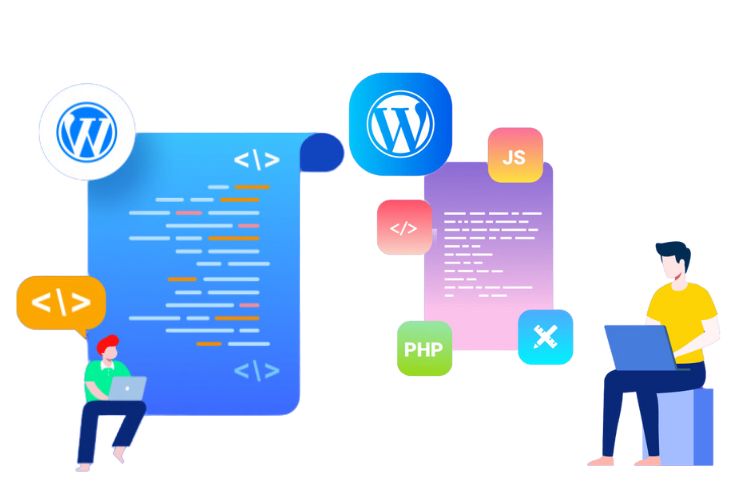
- Staging environment
Utilize a staging environment to test changes and updates and ensure everything is in working order before deployment. Doing so allows you to identify and rectify any issues or conflicts without affecting the user experience on your production site.
- Set up regular backups
Implement automated backups of both your website’s files and database. Regular backups safeguard your data and provide a safety net in case of data corruption or loss or other unexpected issues.
- Monitor and maintain
Monitor relevant developer sites and notifications for updates to your WordPress core, plugins, and themes. Apply these updates promptly to ensure optimal performance, security, and compatibility. Continuously monitoring your website’s performance and addressing any issues will maintain a smooth user experience.
- Focus on continuous improvement
A new website is rarely perfect from the start, and user preferences and expectations evolve. That’s why keeping your finger on the pulse of your client’s target audience is crucial to delivering a stellar WordPress development service.
Leveraging user engagement data like feedback and website interactions, collected through feedback collection tools, is key to identifying areas for improvement.
3.3. From Blueprint to Brilliance: Crafting Your Digital Masterpiece
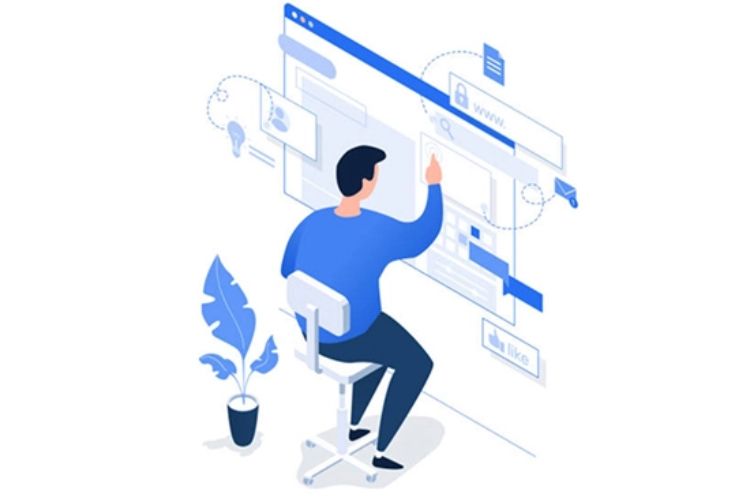
In the ever-evolving digital landscape, a custom WordPress solution can unlock a client’s online potential. By following coding standards, optimizing site performance, prioritizing security, performing thorough testing before deployment, and adhering to the other best practices outlined above, you can create websites that reflect your client’s brand identity, deliver exceptional user experiences, and drive business growth.
Also, consider exploring the power of Magento 2 if your client’s primary focus is eCommerce. Its dedicated e-store functionalities, extensive customization options, and wide range of extensions will empower you to build more than just a website; you’ll craft a digital masterpiece that will propel your client’s business forward in the digital age.
Explore our latest and upcoming Magento 2 extensions, and start crafting a stellar eCommerce experience for your clients today.
Conclusion
In developing custom WordPress solutions, following best practices is essential to ensure a seamless blend of functionality, performance, and user experience. Each step—from initial planning to testing and deployment—plays a pivotal role in creating websites that not only meet clients’ unique needs but also stand the test of time in a competitive digital landscape.
In embracing these best practices, you’re not just building websites—you’re setting the foundation for thriving online brands that deliver value well into the future.












![[SALE OFF] Discount 30% All Premium Extensions On Christmas And New Year 2025 christmas-and-new-year-2025](https://landofcoder.b-cdn.net/wp-content/uploads/2024/12/christmas-and-new-year-2025-1-218x150.png)






